A conservatory is one of the most popular and practical home improvements in the UK. Not only does it provide additional living space filled with natural light, but it can also enhance your property’s value and energy efficiency. Whether you’re dreaming of a peaceful garden room or a bright extension for entertaining, understanding the essentials of conservatories will help you make an informed decision.
In this comprehensive guide, we’ll walk you through everything you need to know about conservatories—including the different styles, costs, planning permission requirements, and glazing options.
What Is a Conservatory?
A conservatory is a glass structure typically attached to the rear or side of a house, used as an extra living space. With large glazed areas and often a polycarbonate or glass roof, it brings the outdoors in while maintaining shelter and comfort.
Thanks to advancements in double glazing, insulated glass, and thermal roofing, modern conservatories are now energy-efficient and comfortable to use all year round.
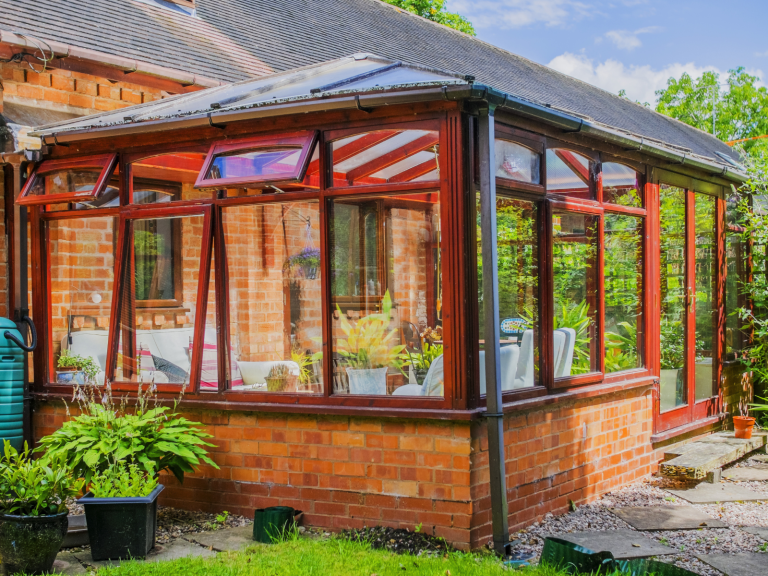
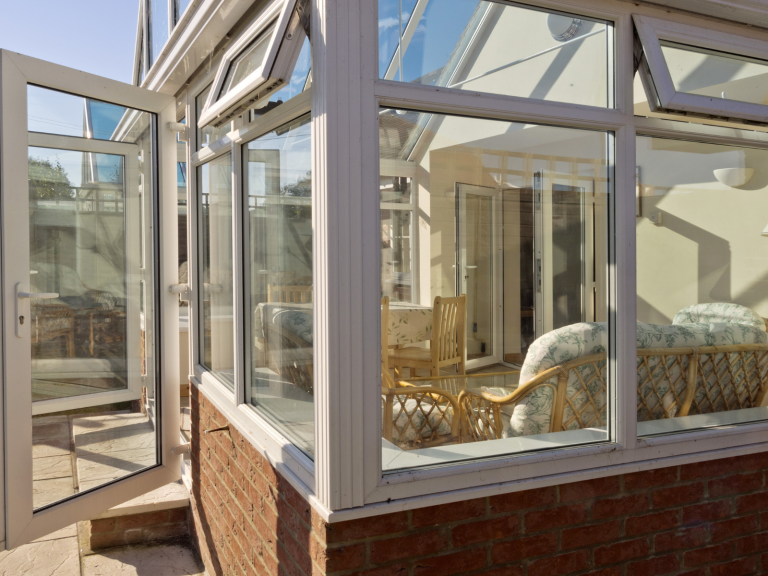
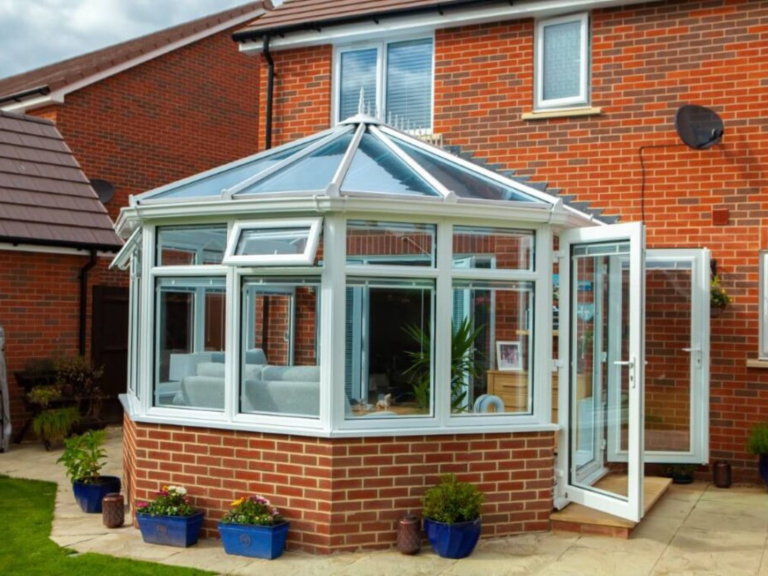
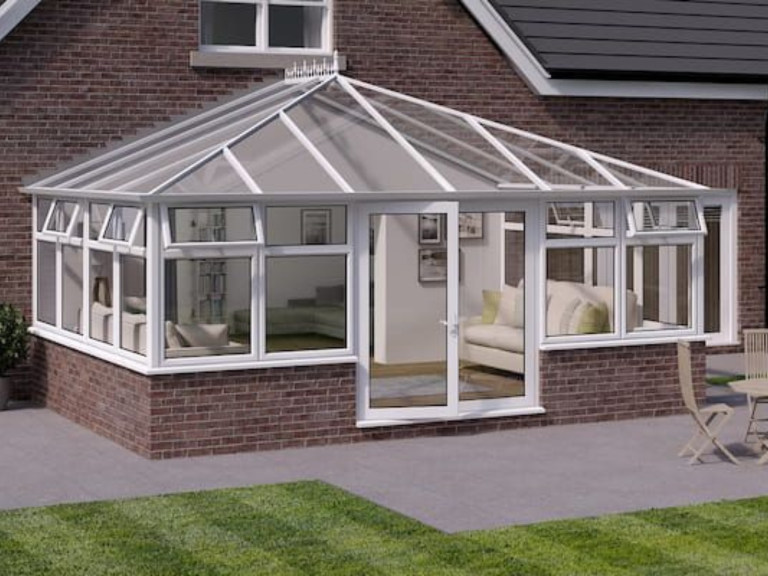
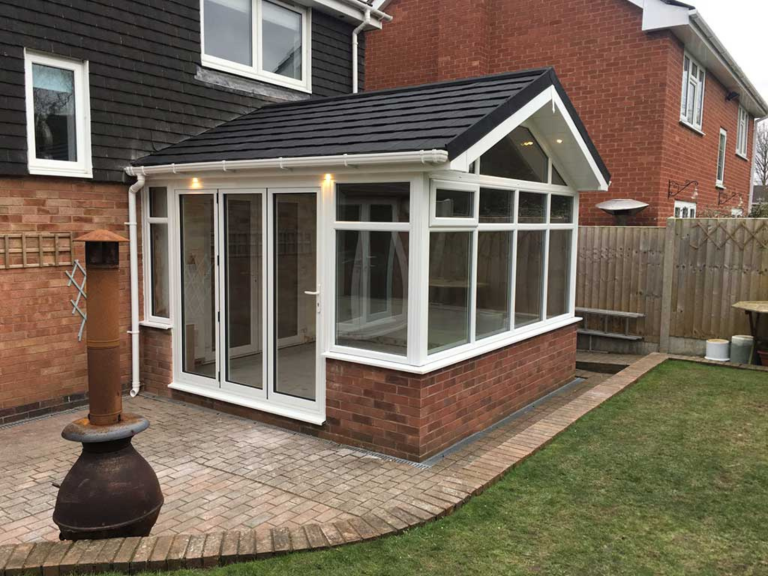
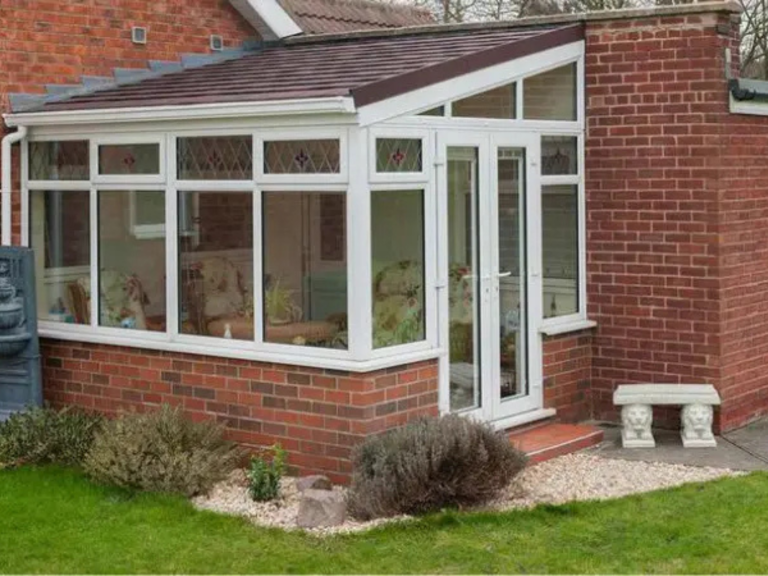
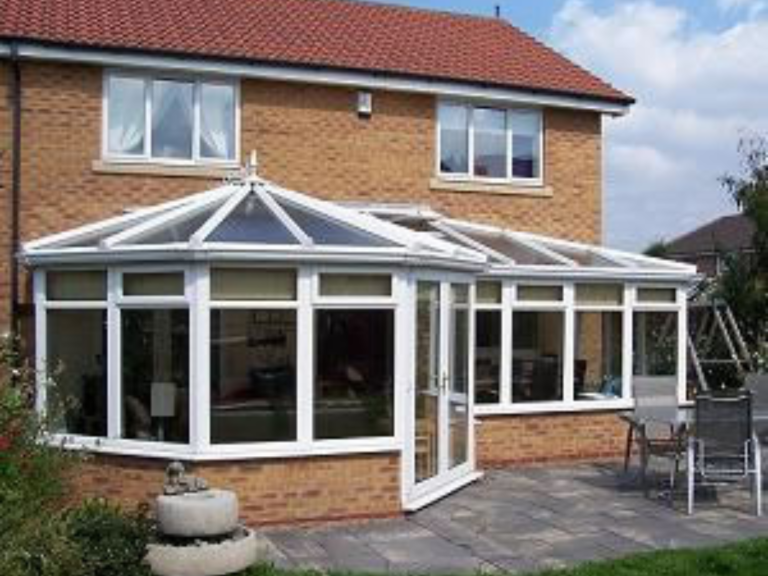
Types of Conservatories (And Which One Might Be Right for You)
Choosing the right conservatory style depends on your home’s architecture, your space, and how you plan to use it. Below are the most popular types of conservatories in the UK:
1. Victorian Conservatory
-
Characterised by a bay front, pitched roof, and ornate detailing.
-
Ideal for period properties or those looking to add traditional charm.
2. Edwardian Conservatory
-
Square or rectangular layout with a pitched roof.
-
Maximises floor space—great for dining rooms or home offices.
3. Lean-to Conservatory
-
Features a sloped roof and clean lines.
-
Perfect for bungalows or smaller homes with limited space.
4. Gable-End Conservatory
-
A high, triangular roof that adds height and grandeur.
-
Offers a striking aesthetic and plenty of natural light.
5. P-Shaped or L-Shaped Conservatory
-
Combines styles (often Victorian and lean-to).
-
Best for larger homes looking to create multiple zones or uses.
How Much Does a Conservatory Cost in the UK?
The cost of a conservatory can vary significantly depending on size, materials, glazing options, roofing type, and whether it requires building regulation compliance.
Average Price Guide (2025):
| Conservatory Type | Average Cost Range |
|---|---|
| Lean-To | £10,000 – £15,000 |
| Victorian | £12,000 – £20,000 |
| Edwardian | £12,500 – £20,000 |
| Gable-End | £15,000 – £25,000 |
| P-Shaped / Custom Build | £20,000 – £40,000+ |
Note: Adding underfloor heating, bi-fold doors, or a solid roof will increase the price.
Pro Tip:
Choose energy-efficient double glazing or triple glazing and a thermally efficient roof to reduce heating costs in the long term.
Do You Need Planning Permission for a Conservatory?
In many cases, planning permission for a conservatory isn’t needed if it falls under Permitted Development Rights (PDR). However, there are limits you must meet:
Conservatory Planning Permission Rules:
-
The conservatory doesn’t extend beyond the rear wall by more than 4m for detached homes or 3m for others.
-
It doesn’t cover more than half of your garden space.
-
It’s less than 4m high (or 3m if within 2m of a boundary).
-
It’s not facing a public highway.
If your home is in a conservation area, is a listed building, or exceeds these dimensions, you’ll likely need planning permission.
Building Regulations:
Even if you don’t need planning permission, building regulations may apply if:
-
The conservatory is open to the main house (not separated by an external wall).
-
The structure exceeds 30 square metres.
-
It includes significant electrical work or a solid roof.
When in doubt, check with your local planning authority or a professional conservatory installer.
What’s the Best Glazing for a Conservatory?
Glazing has a massive impact on your conservatory’s energy performance, comfort, and noise levels. Here’s a breakdown of options:
Double Glazing
-
Most common and cost-effective.
-
Good thermal insulation.
-
U-value: ~1.2–1.6 W/m²K
Triple Glazing
-
Ideal for colder regions or year-round use.
-
Excellent noise reduction.
-
U-value: ~0.8–1.0 W/m²K
Low-E Glass
-
Reflects heat back into the room.
-
Helps keep your conservatory warm in winter.
Solar Control Glass
-
Reduces glare and overheating in summer.
-
Available with tints for extra comfort.
Self-Cleaning Glass
-
Coated with a hydrophilic layer that breaks down dirt.
-
Saves on maintenance, great for high or hard-to-reach conservatories.
Conservatory Roof Options
The roof style you choose plays a big role in comfort and usability:
Glass Roof
-
Classic and bright, ideal for maximizing sunlight.
-
Pair with solar-control glass to prevent overheating.
Polycarbonate Roof
-
Budget-friendly but offers less insulation.
-
Can be noisy during rain.
Solid/Tiled Roof
-
Converts your conservatory into a true extension-like room.
-
Provides excellent insulation and year-round usability.
Hybrid Roof (Part-glass, part-solid)
-
A great balance of light and insulation.
-
Can include skylights or roof lanterns.
Conservatory Foundations and Materials
Modern conservatories are built to last and often use:
-
uPVC frames: Low maintenance, cost-effective, available in multiple colours.
-
Aluminium frames: Sleek, strong, and ideal for large glazing spans.
-
Brick dwarf walls: Provide structure and insulation.
-
Concrete foundations: Ensure long-term stability and compliance with building regs.
What’s the Process of Installing a Conservatory?
Here’s a quick step-by-step of what you can expect when hiring a professional conservatory installer:
-
Site assessment and quote
-
Design planning and material selection
-
Groundwork and foundation construction
-
Frame and glazing installation
-
Roof fitting and sealing
-
Internal finishes (flooring, electrics, plastering)
-
Final inspection and handover
Benefits of Adding a Conservatory
-
Extra living space – Use as a dining room, office, lounge, or playroom.
-
Natural light – Brighten up your home with large glazed panels.
-
Added value – Can increase your property’s resale price.
-
Indoor-outdoor connection – Perfect for enjoying your garden year-round.
-
Modern insulation – With the right glazing, conservatories are energy-efficient.
Should You Invest in a Conservatory?
If you’re looking to enhance your home with added space, style, and functionality, a conservatory is a brilliant investment. Whether you’re drawn to a sleek lean-to or a grand Edwardian build, understanding the costs, styles, and regulations upfront helps you plan confidently.
And with today’s advanced materials, like triple glazing, insulated roofing, and stylish frames, modern conservatories are more usable, energy-efficient, and beautiful than ever before






